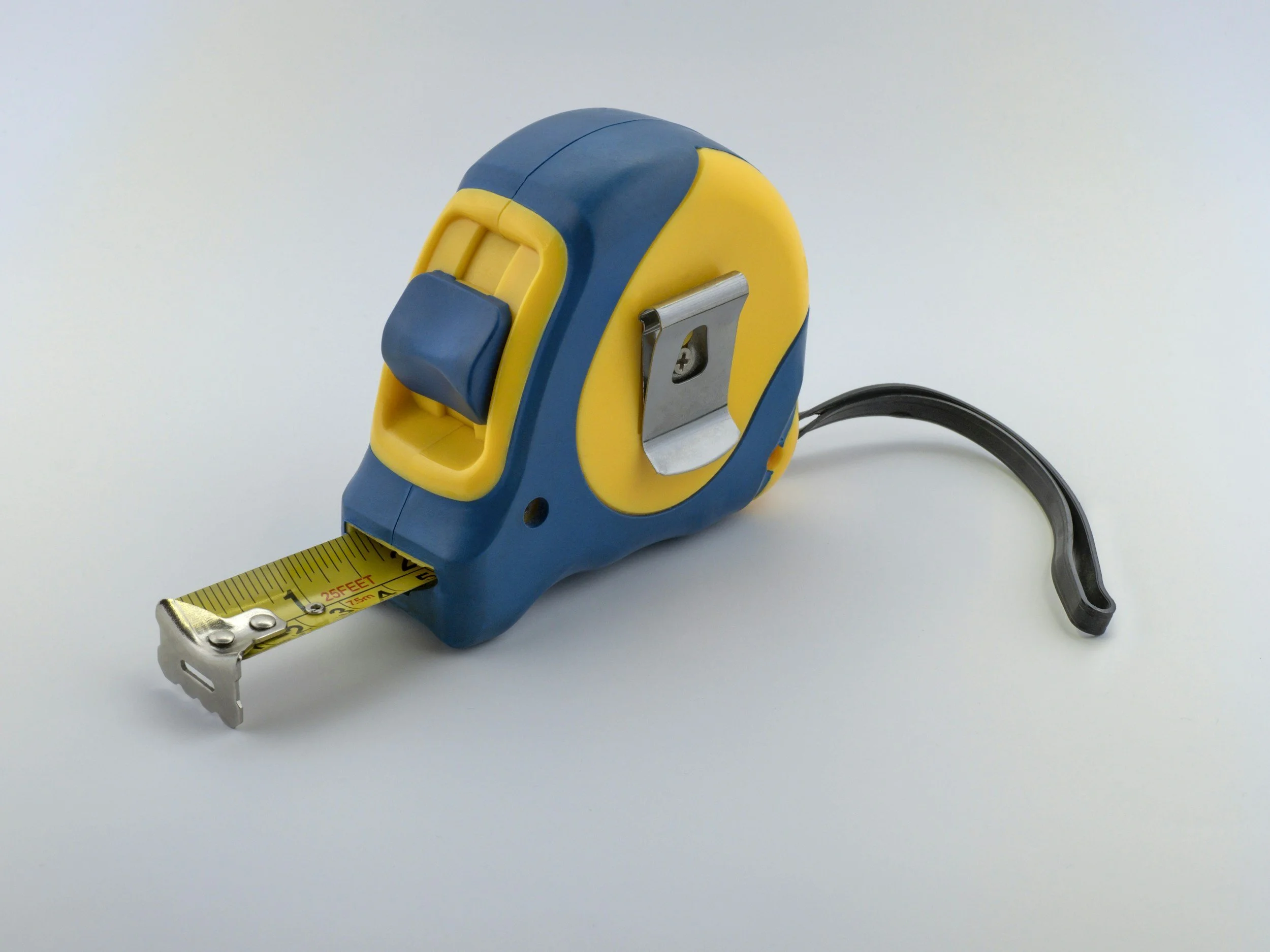How Sewer Excavation Professionals Handle Complex Underground Repairs?
Sewer excavation is crucial when underground pipes are damaged, blocked, or deteriorating beyond simple repairs. Unlike minor plumbing fixes, these repairs require digging deep into the ground to access sewer lines, often dealing with unstable soil, buried utility lines, and aging infrastructure. One of the biggest challenges is identifying the issue's exact location without causing unnecessary disruption. Professionals use advanced tools such as ground-penetrating radar and video pipe inspection to pinpoint the problem. These technologies help reduce the need for excessive digging, minimize property damage, and keep repair costs manageable.
In many urban areas, sewer lines are located beneath roads, sidewalks, or other public spaces, making excavation even more complex. Sewer excavation experts must coordinate with city officials and utility companies to ensure safety and compliance with regulations. A poorly planned excavation can lead to severe consequences, including water contamination, gas leaks, or even structural damage to nearby buildings. Working in confined trenches can also be hazardous, requiring strict safety protocols and proper protective equipment. By understanding these challenges, sewer excavation teams can develop a well-planned strategy to complete repairs safely.
Lowest Prices on Plumbing Tools
The Process of Sewer Excavation and Repair
Once the location of the sewer issue has been determined, professionals begin the excavation process by marking the area and ensuring the safety of surrounding structures. In some cases, permits may be required before excavation begins, especially if the sewer line is on public property. The next step involves removing soil and debris to expose the damaged pipe, often using heavy machinery like backhoes or trenchers. When traditional excavation is not feasible due to space constraints, hydro excavation—using high-pressure water and a vacuum system—may dig precisely while minimizing damage.
After exposing the damaged pipe, the team assesses whether it needs a full replacement or repairs can be made. If the damage is minor, techniques such as slip lining or cured-in-place pipe (CIPP) lining may reinforce the existing pipe without removing it entirely. However, it must be replaced if the pipe is extensively corroded, collapsed, or broken. New piping materials, such as PVC or HDPE, are often used due to their durability and resistance to corrosion. Once repairs are complete, the excavation site is carefully backfilled, compacted, and restored to its original condition, ensuring the repaired sewer line functions properly for years.
Advanced Technologies Used in Sewer Excavation
Thanks to technological advancements, modern sewer excavation is far more efficient and precise than traditional methods. One of the most important tools is video inspection, which allows professionals to send a small camera into the sewer line to assess damage and locate blockages. This technology eliminates the need for guesswork and unnecessary digging, reducing the time and cost associated with repairs. Additionally, trenchless repair methods, such as pipe bursting and relining, have revolutionized underground repairs by allowing crews to fix sewer lines without extensive excavation.
Another innovative approach is hydro excavation, which uses pressurized water to break up soil, while a vacuum system removes debris. This method is especially useful in areas with delicate underground infrastructure, as it reduces the risk of damaging existing utility lines. GPS mapping and digital modeling also help excavation teams plan their projects with greater accuracy, preventing costly mistakes. These advanced tools and techniques enable professionals to handle complex underground repairs with minimal disruption, making the process safer and more efficient.
Safety Measures in Sewer Excavation
Safety is a top priority during sewer excavation, as working in deep trenches presents significant risks. One of the most common hazards is trench collapse, which can be fatal if proper precautions are not taken. To prevent cave-ins, excavation teams use trench boxes or shoring systems to stabilize the trench walls. Additionally, OSHA regulations require that trenches deeper than five feet be properly reinforced to protect workers from being buried under shifting soil.
In addition to trench stability, professionals must be cautious of hazardous gases, such as methane and hydrogen sulfide, which can accumulate in sewer lines. Gas detectors monitor air quality, and workers must wear protective gear, including respirators and ventilators, to ensure their safety. Training in confined space entry is also essential, as working underground requires knowledge of emergency protocols and escape procedures. By following strict safety guidelines, sewer excavation professionals can minimize risks and ensure that repairs are completed without incidents.
Environmental Considerations in Sewer Repairs
Sewer excavation can significantly impact the environment, making it important to implement eco-friendly practices whenever possible. One of the primary concerns is preventing contamination of nearby water sources. Damaged sewer lines can leak harmful waste into the soil, which can then seep into groundwater or local waterways. Professionals use containment measures such as temporary barriers and filtration systems to mitigate this risk and prevent runoff. Additionally, eco-friendly materials resistant to corrosion and chemical damage are chosen when replacing old pipes to ensure long-term environmental protection.
Another important consideration is reducing soil disruption and preserving existing landscaping. Traditional excavation can be invasive, destroying trees, gardens, and paved surfaces. To address this, trenchless technologies are used whenever possible to minimize surface damage. Additionally, excavation teams restore the area after repairs are complete, ensuring that the land is properly graded and replanted if necessary. These environmentally conscious practices protect local ecosystems and help homeowners and municipalities avoid costly restoration expenses.
Handling complex underground sewer repairs requires a strategic approach that combines advanced technology, strict safety measures, and careful planning. Professionals rely on modern tools like video inspection, hydro excavation, and trenchless repair techniques to minimize disruption and ensure efficiency. Safety remains a top priority, with protective measures in place to prevent trench collapses, gas exposure, and other hazards. Additionally, environmental considerations play a crucial role in preserving water quality and reducing land disruption. Proper coordination with municipal regulations ensures compliance and smooth project execution. We will explore how these methods collectively contribute to long-lasting, reliable sewer systems that benefit property owners and communities.







